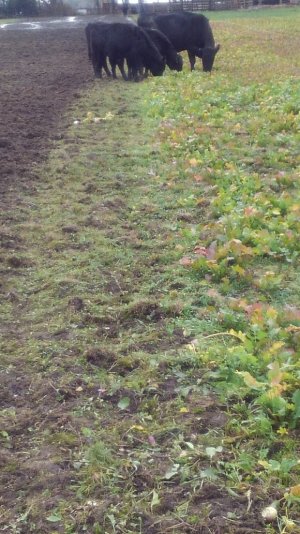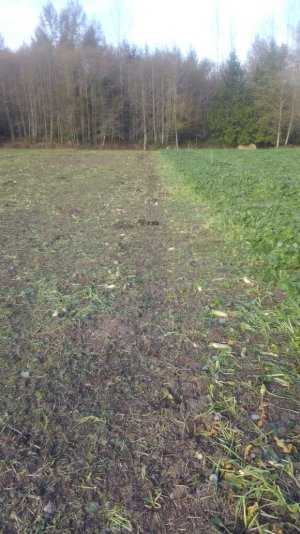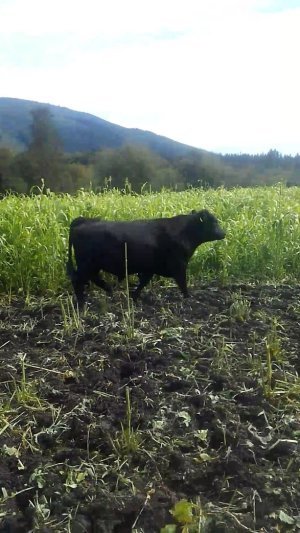Muletrack
Well-known member
Mud is usually not a problem in a North Dakota Winter.Oats and turnips melt when it turns cold. I tried it once, had a nice lush field that laid down at the first hard frost. What I didn't expect was the cows digging those turnips up. Their faces were mud halfway to their eyes. And turnips produce potent gas, stay away from both ends of the cow.




